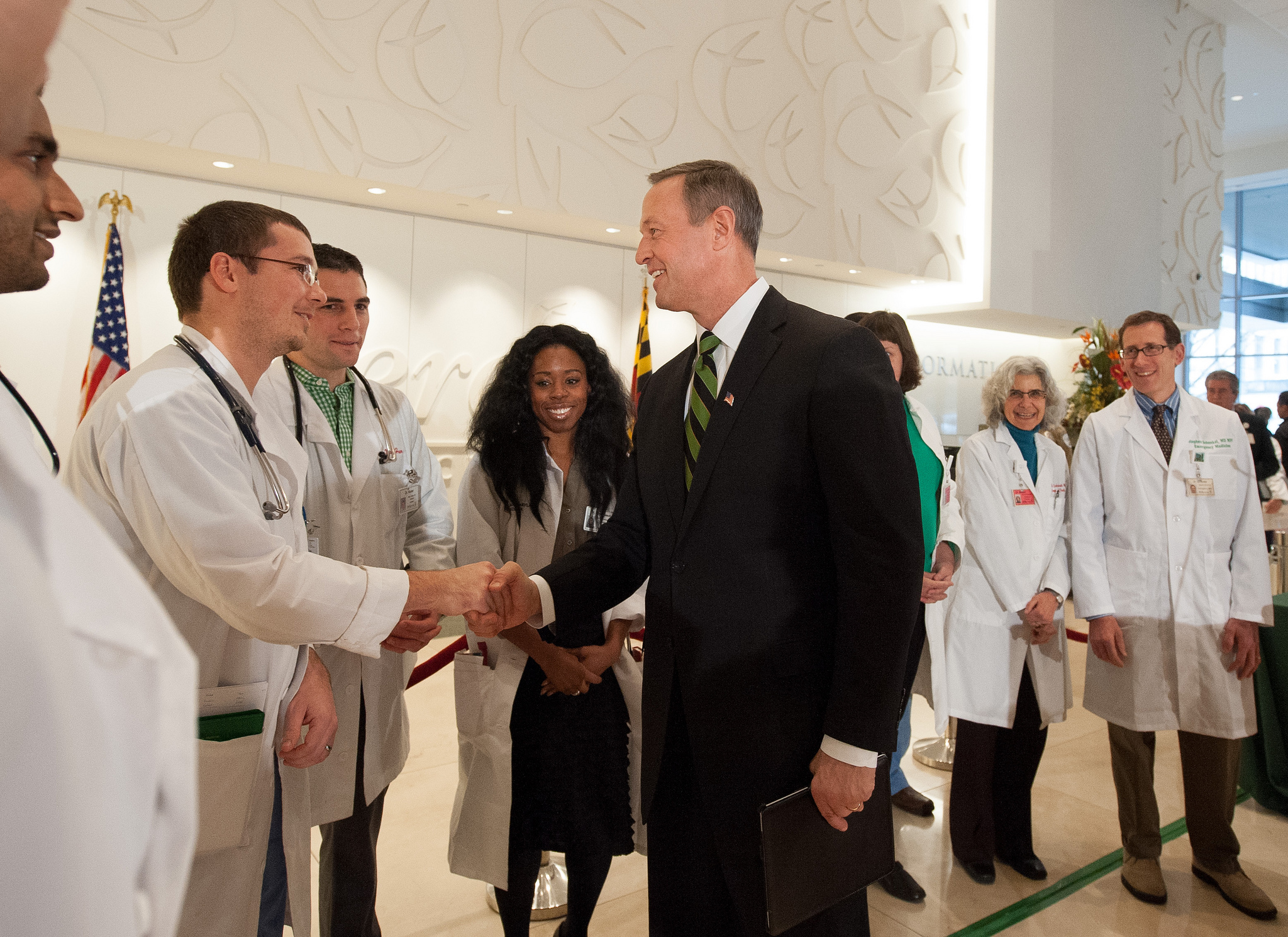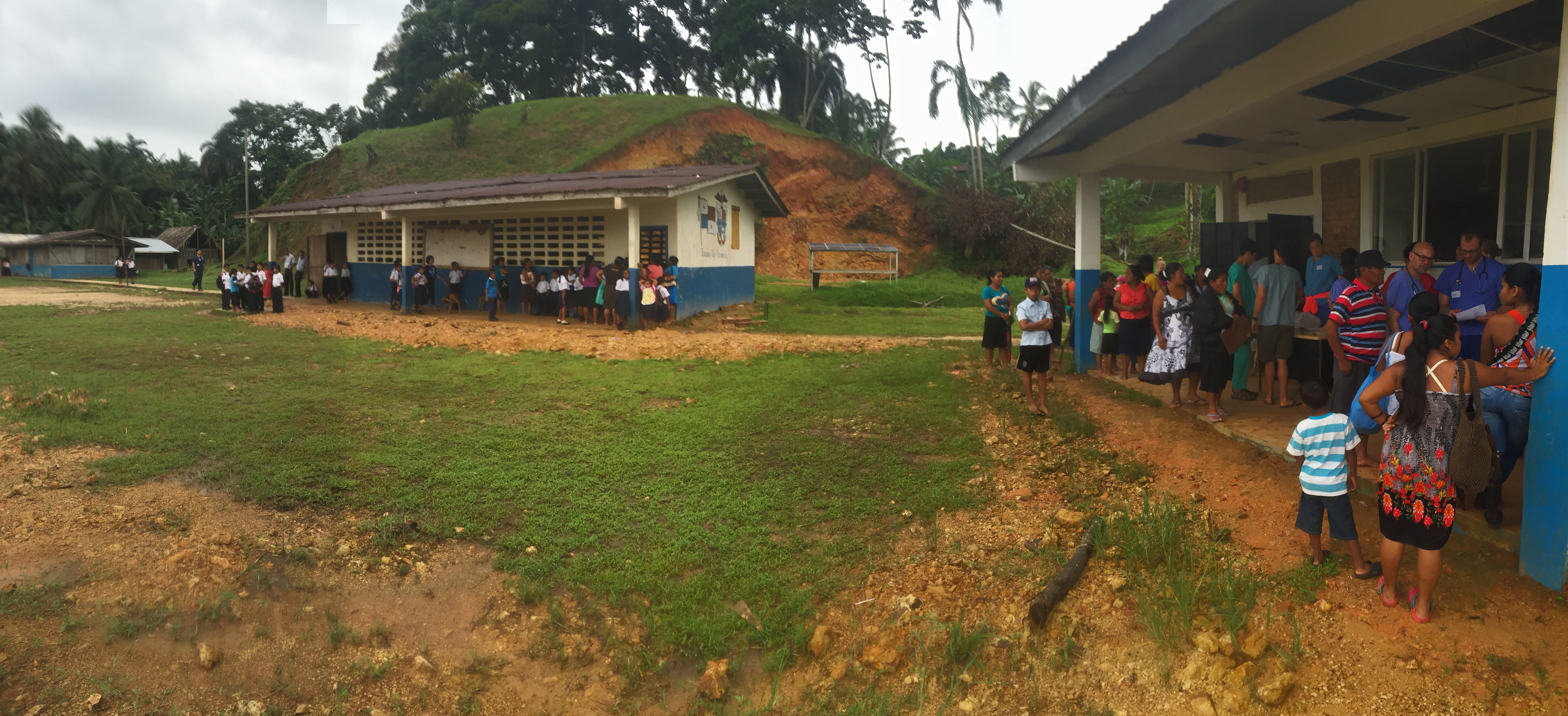Think back to the very first time you ever drove a car alone. You were probably sixteen, freshly-printed license in hand, putting a foot on the gas pedal for the first time with an empty passenger seat. No parent telling you to check your mirrors, no driving instructor reminding you to keep your hands at ten and two. That first drive was a rush of freedom and excitement, but also of fear.
You probably don’t think about that drive very often, and certainly not every time you get into a car. There are moments in life that seem so incredibly momentous you think you’ll never forget them. But, as time goes by and distance clouds the memory, you have trouble remembering exactly how you felt. You can remember the sequence of events, the people involved, the way you described your feelings at the time, but it becomes more and more difficult to recreate the unique combination of emotions that flooded and overwhelmed you at that precise moment in time. That moment you swore you would never forget….
Ultimately, we never know what lays on the road ahead, what might become routine in a medical career, or what combination of emergencies we might become desensitized to. So I’m writing this down to put into words something that I struggle to articulate, but something I think is worth remembering vividly.
This is my way of putting down a mile marker, of recording my experience, and all that comes with it – I hope you find a way, too, so that at the end of the drive you can see how far you came.
Dear Future Self,
Today you saw a patient die.
Today was the fourth day of your first clinical rotation in the hospital and today you saw a patient die.
You saw a patient die, briefly. It was just long enough for you to think she was really going to die, permanently, and then she was resuscitated back to life.
This woman was responsive, albeit uncomfortable, just a few hours beforehand. And now here she was in an operating theater undergoing an emergency C-section for a ruptured uterus. She lost her pulse.
Chest compressions. Pushing epi. Giving her blood.
But she came back- she didn’t die permanently.
As her blood pressure plummeted and the anesthesia team noted weaker and weaker pulses, there were a million things running through your head. When they lost her, though, all those voices in your head went silent. You became numb, as time seemed to slow. These are the things you will forget, and these are the things you should remember.
You were so scared.
Everyone in the room seemed confident, following protocols and executing each step in a methodical and calm way. You felt terrified. You couldn’t believe what you thought you were about to witness. While you tried to stay outwardly calm, you were inwardly panicking. You felt the blood rush from your head to the pit of your stomach. You felt nauseous, flushed. But you mostly felt immensely sad and scared for her and her family. She had come into the hospital with nobody, and you couldn’t bear the thought of her leaving with nobody. You couldn’t handle the thought of her dying alone, in her 30s, in an emergency procedure her family could have never predicted.
You felt so powerless.
There was nothing you could do. You realized there was also a limit to what anyone could do in that moment. Even the attendings, even the best doctors, faced the reality of this woman dying. Remember how you thought to pray in that moment, how even though you aren’t religious, you prayed. You wondered if the doctors were silently praying too, even as they called the code and ran through their crash protocols. Were they whispering to some greater power to help them save this patient? Did they also, in this moment, feel powerless?
You were so impressed by the team.
You become accustomed to seeing well executed medical care. Sometimes it’s hard to appreciate because you are in such awe of what you are witnessing that you almost can’t believe it. You forgot, until this moment, how much of a privilege it is to watch and work alongside people who are uniquely trained to be the absolute best at their jobs. You watched as the OB and the anesthesiologist communicated clearly and coordinated care. As the patient continued to bleed, both teams prepared for an emergency C-hysterectomy. The scrub techs and nurses moved swiftly, efficiently, anticipating directions and keeping meticulous record of everything happening in real time. The entire OR buzzed with an energy that was never frantic, even at the direst point, yet still never completely free of tension, even with the closing stitch. This team thrived on that energy.
And then it was over, the patient made it through.
You came back the next day, your fifth day in the hospital, and nothing had changed. Nothing but you, because you felt different. For a few days, those moments of panic and powerlessness replayed on an endless loop in your mind. Those moments of shock and fear and overwhelming emotion. And you should remember this day, those terrifying moments, because those are the moments that come to define us.
Sincerely,
-Your Past Self
Featured image:
road by Victor Camilo



